Animals in the Book of Mormon

Many Book of Mormon critics try to show issues or anachronisms with the lists of animals found in its narrative; for example the Wikipedia articles on Book of Mormon Archaeology and Book of Mormon Anachronisms. The Book of Mormon certainly has its issues, but reading these animal issue attacks always seems strangely biased to me. In fact articles like this have so many blatant falsities that they’re a bit difficult for a well-read person to stomach and have been thoroughly debunked. However, to really do justice to the range of animals said to be found in the Book of Mormon one really must adopt a continental model for the Book of Mormon text, as several of the animals mentioned are found only in Western North America.
Throughout this article, keep in mind that our model places the Nephites primarily in the Mexican Highland, the Land of Nephi in the Oaxaca highland (Monte Alban), the Lamanite heartland in Chiapas & the Yucatan and the Nephite ‘Land Northward’ and Jaredites primarily in the U.S. Southwest, Northwest Mexico and the Eastern U.S.— the early Jaredite record being an abridged oral & channeled history spanning from the Ice age to the Nephite era.
The Book of Mormon makes clear that both Jaredites and Nephites who lived in ancient times on this continent had domestic animals of various kinds. They also speak of wild varieties of presently domesticated animals. The earlier people, the Jaredites (unknown beginning to ~300 B.C.), are reported to have had,
all manner of cattle, of oxen, and cows, and of sheep, and of swine, and of goats, and also many other kinds of animals which were useful for the food of man. And they also had horses, and asses, and there were elephants and cureloms and cumoms; all of which were useful unto man, and more especially the elephants and cumoms. (Ether 9:18–19)
The Nephites (c. 600 B.C. – 400 A.D.) on the other hand tell us,
that there were beasts in the forests of every kind, both the cow and the ox, and the ass and the horse, and the goat and the wild goat, and all manner of wild animals, which were for the use of men. (1 Nephi 18:25)
“…and they had taken their horses, and their chariots, and their cattle, and all their flocks, and their herds, and their grain, and all their substance, and did march forth by thousands” (3 Nephi 3:22, cf. Mosiah 5:14; Enos 1:21; Alma 5:59; Alma 17)
From these lists its clear that, if true, the Book of Mormon translators, like Spanish Chroniclers of the sixteenth century, employed a dynamic equivalence technique in their translation of animals. Translating the ancient animals into analogous animals Joseph Smith and early Americans would recognize. Its also quite likely that Mormon as an ancient translator and compiler projected some of his own ‘Land Northward’ (Desolation) understanding of North American animals onto the ancient texts from Mesoamerica that he was transcribing. The types of animals in each list consequently might tell us something about the locations these groups lived.
Elephants
Note that Elephants are in the list for animals useful for the early Jaredites. With the exception of small island pockets, and a few DNA samples in Northern Alaska, evidence for the extinction of remaining North American Elephants (Mammoth & Mastodon) and other megafauna during the Younger Dryas climate event by the radiocarbon dates of ~10,000 BC is overwhelmingly conclusive. This requires that the early Jaredite record was older than most people believe. (Perhaps including the Book of Mormon authors themselves?) Unless radiocarbon dates for that highly variable climatic period are somehow wrong, it seems likely that the Jaredite record (much like the Biblical & Babylonian records) may have presented spliced or fragmented genealogies in a condensed, linear form leading back to the ancient Babel tower myth where mankind spread throughout the globe. (In other words there is likely missing time that is not accounted for in the record.) The mention of elephants and other extinct animals, along with the obvious fact that the Book of Mormon tells us the Jaredites were the first inhabitants of this continent is the most striking evidence for our correlated timeline which correlates the early pre-dearth Jaredites with North American Paleo-Indians living prior to the end of the ice age. (The “dearth” in Ether 9:30 being the younger dryas: a massive episode of climate change ending the last ice age cycle.) Because of the mention of elephants as well as two other apparently extinct megafauna which were “especially useful [for the food of] man”, correlating the Paleo-Indian with the archaic cultures of North America is really the best plausible correlation. This is certainly plausible since the record itself does not give any concrete dates for the Jaredite culture (only a genealogy table). There are literally thousands of archeological sites showing that the Clovis and Paleo-Indians lived on diets rich in megafauna. Many archaeologists have in fact suggested that these native American groups may have been responsible for hunting many of these animals to extinction. This highly debated theory gives a lot of weight to the idea given in the book of Ether where it states that BOTH a climate event and hunting did them in.
30 And it came to pass that there began to be a great dearth upon the land, and the inhabitants began to be destroyed exceedingly fast because of the dearth, for there was no rain upon the face of the earth.
31 …And it came to pass that their flocks began to flee… towards the land southward, which was called by the Nephites Zarahemla…
34 And it came to pass that the people did follow the course of the beasts, and did devour the carcasses of them which fell by the way, until they had devoured them all. (Ether 9:30–34)
Cureloms and Cumoms
Many other extinct Pleistocene megafauna fit the description of Jaredite animals mentioned in the Book of Mormon. Paleoindians were known to subsist on Gomphotheres and perhaps even giant sloths; short-faced bears; several species of tapirs; saber-toothed cats like smilodon; dire wolves; saiga; camelids such as two species of now extinct llamas and camelops. Since it is generally accepted that “cureloms and cumoms” were especially “useful for the food of man” (Ether 9:18–19), and unknown to Mormon in translation (not necessarily Joseph Smith), I think the most likely candidates are the gompothere, giant sloth, wooly rhino or camelids.
18 …and also many other kinds of animals which were useful for the food of man.
19 And they also had horses, and asses, and there were elephants and cureloms and cumoms; all of which were useful unto man, and more especially the elephants and cureloms and cumoms.
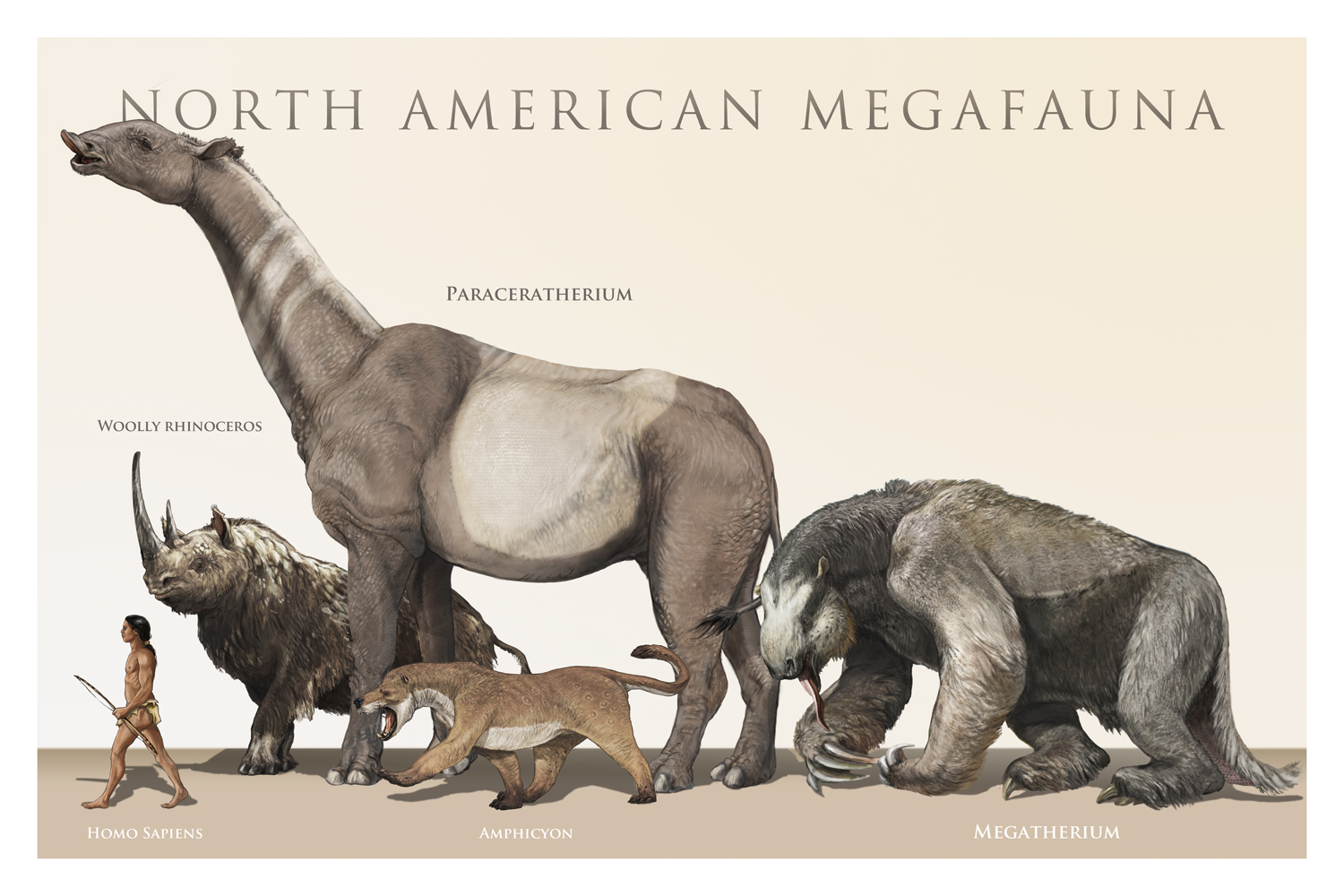
A few of the many North American megafauna which co-existed with the paleoindians. (nearly all of which went extinct at the end of the ice age (which we correlate with the “great dearth” spoken of in the Book of Mormon).
Cattle, Oxen, and Cows
Concerning the Jaredite “cattle, of oxen, and cows” mentioned in Ether 9:18, likely matches would have to be American Bison (subfamily Bovinae/bovine), shrub ox (family Bovidae: went extinct with other megafauna); Harlan’s muskox (family: bovidae, subfamily: caprinae), Moose (family Cervidae, could have been classified as either cow or horse by Mormon/Ether depending on their cultural classification system) and for Mesoamerica and 1 Nephi 18:25, Baird’s Tapir which is locally known as the “Mountain Cow”. Each of these species ranged far south of their current habitat during the last Ice Age. There is of course no evidence for moose or shrub ox in Mexico, so the only option for the Nephite list is Bison as an Ox, which historical accounts put as far south as Zacatecas (Lst et. al 2007); and Tapir, perhaps as a swine or cow type animal. (It’s certainly nothing like a horse! LOL) And since the Nephite list excludes “cattle” we can assume they were not yet familiar with cows as a herd animal (such as Bison herds on the plains) at the time 1 Nephi 18:25 was written.
Early Spanish explorers like Cabaza de Vaca with native interpreters also called Bison cows in his dairy saying,
“They described some cows which, from a picture that one of them had painted on his skin, seemed to be cows, although from the hides this did not seem possible, because the hair was woolly and snarled so that we could not tell what sort of skins they had.” (The Narrative of Alvara Nunuz Cabeza de Vaca. Ch 12. v. 1)
Goats
Possibilities include North American Mountain Goats. (Our current scientific classification system does not include this animal in the Capra genus with most goats, but Joseph or Mormon could have very well have been referring to this type of animal).
The Nephite animal list differentiates between “goats and wild goats”. Although modern botanists classify North American antelope into a different family than goats (Antiloocapridae vs. Bovidae), you can see how similar the the two animals look. Antelope were known to be a major food staple of assorted Mesoamerican groups like the early Zapotecs ranging as far south as Oaxaca during the archaic period. More recently their range stops near the valley of Mexico, although disease has nearly caused their extinction in many areas since colonial times. This may very well be the wild and non-wild goat that the Nephites were referring to. Since the range of North American Mountain Goat does not seem to stretch far south of the US border into Mexico, it may be that Mormon as a translator of Nephi’s writings projected his own understanding of the animals of his region (north-most west Mexico & Southwest US) on the record.

North American pronghorn antelope (left) compared to both European and Middle Eastern varieties of goats (middle and right).
Sheep
Many species of wild sheep are indigenous to north america. Including Rocky Mountain big horn, Dall Ram, Desert big horn. See wild sheep of north america for details. Note that sheep are not mentioned in the Nephite animal lists, only the Jaredite. This is fitting since, unlike antelope (goats) and bison (cows), no North American sheep are known to have ranged very far south into Mexico.
Spanish Explorer Cabaza de Vaca who after being marooned in the New World lived with the Natives many years claimed that the hills around Sinaloa contained both indigenous “sheep and goats”.
“Between Suya and Chichilticalli there are many sheep and mountain goats with very large bodies and horns. Some Spaniards declare that they have seen flocks of more than a hundred together, which ran so fast that they disappeared very quickly” (The Narrative of Alvara Nunuz Cabeza de Vaca. Ch 2. v. 5)

A few of North America’s native sheep species include (shown from left to right above) the Peninsular Ram, the Dall’s sheep the Peninsular Ram and the Rocky Mountain Ram.
Swine
Note this is not mentioned in the Nephite list of animals, only the Jaredite list.. Perhaps because many of the larger ranging North American peccaries (Including the long nosed and flat-headed peccaries) went extinct with other megafauna. Pigs (family Suidae) are not native to the Americas, however peccaries, which are native to the Americas (family Tayassuidae) have roamed limited parts of the continent since the demise of their relatives at the end of the ice age. Collared peccary composed a major part of Oaxacan Zapotec diet into the classic era. Tapirs are also somewhat reminiscent of pigs. They are prevalent in central america and grow to be six and a half feet in length and can weigh more than six hundred pounds. Many zoologists and anthropologists have compared the tapir’s features to those of a cross between a pig and a cow.

Extinct North American peccary (shown left), living North American dessert javelina (center), and Mesoamerican jungle peccary (right).
Ass & the Horse
Horses aren’t specifically mentioned in the Book of Mormon as being the type of animal that carried people. In fact in the instances that they are mentioned in relation to “chariots”, the wording could easily be referring to some type of supply slay (3 Nephi 3:22; Alma 18:9–12). So its actually pretty plausible that the Book of Mormon translators used the biblical/European word “horse” to refer to a different type of native animal. Just as Reindeer are the “horse” of Norse peoples, it seems fairly possible that the purported Book of Mormon channelers translated words for White-tale and Mule Deer (or even Elk, North American caribou or moose for those living farther north) in instances it was used. Note this is exactly what was done by early Aztec writers, as Sahagún in his Florentine Codex calls the Spanish horses “deer”. (see Bk 12, Ch. 1 par. 7 & Bk 12 Ch. 7 par. 8) In fact in the second instance Sahagún’s reference to the Aztec calling the Spanish horses “deer”, the wording sounds as though they were somewhat familiar with the idea of deer in warfare as supply animals but completely amazed by deer which were strong and tall enough to actually carry a man.
Their deer carry them upon their backs. They are as high as rooftops. (Sahagún, 1545-1590)
Moctezuma took it as a great and evil omen when he saw the stars and the mamalhuaztli. And when he looked at the bird’s head a second time a little further, he saw a crowd of people coming, armed for war on the backs of deer… (The Florentine Codex, Book 12)
In fact, both elk and deer have been readily domesticated in modern times. Elk farming in North America has become increasingly popular in recent years and Siberian natives have been domesticating elk and deer for thousands of years. Europeans also have occasionally domesticated deer for hundreds of years. (Although they don’t tend to stay domesticated long.) Deer in most national parks and many urban settings as well as Elk in National Parks such as the Grand Canyon and Yellowstone have become so docile as to cause problems by their constant dependence and interaction with people. There are even numerous historic images of old cowboys riding elk. It seems logical that if many Nordic cultures could get a caribou to pull a sleigh then it is certainly plausible that some talented ‘deer whisperers’ could train a strong mule deer to pull a ceremonial supply ‘chariot’ as mentioned in Alma 18:9–12. I also find it interesting that settlers named the deer species O. hemionus “Mule Deer” because the animals large ears reminded them so much of a Mule or Ass. Deer are incredibly common in Mexico and even provided a main source of food for cultures as far south as the Yucatan Peninsula and Guatemala.
In fact, in the next section an example from an early Spanish historian is given of the kings of the valley of Mexico fencing in herds of deer.
The idea that Book of Mormon references to “horses” refereed to tapirs, is far too much of a stretch in my opinion. I’m not sure why anyone would suggest such a thing when there are such better alternatives.
Flocks & Herds
The Book of Mormon makes frequent mention of “flocks and herds”. In addition to the animals mentioned above it is relevant to note that archeological evidence shows that many Mesoamerican peoples bred, raised and subsisted on animals such as dog, turkey, rabbit and deer. Archaeological evidence indicates dogs and deer were a substantial part of the Mayan diet. In fact, at the Colha site, white-tailed deer accounted for up to fifty percent of the Maya meat source. Likewise, Zapotec cultures relied heavily on deer and domesticated dog and turkey. It makes sense that, many of the references to “flocks and herds” may be referring primarily to these animals. Early Zapotec peoples are also known to have subsisted on antelope— of which similar species have been readily domesticated in various areas of Asia and Africa. Peccary and tapir are also well known indigenous animals which could have been primary components of Book of Mormon “flocks and herds”. Although evidence for animal domestication in Mesoamerica is hard to come by, this may well be because it is often difficult, if not impossible, to tell the difference between a wild animal and a domesticated animal from archaeological food remains.
The early Spanish chronology Mariano Veytia in his “Ancient History“ talks about the ancient emperors created fenced enclosures for deer & other animals,
“Nezahualcoyotl… gathered a large stash of materials, and prepared a large number of workers; and seeing the site of Chapoltepec as suitable for a hunting forest, he ordered it to be formed, fenced, and stocked with deer, rabbits, hares, and other animals, allocating it as a place of amusement” (Ancient History, p.142)
No evidence of these fences have been found by archaeologist… almost certainly because they were made of reeds or some other highly perishable material.
A study on The archaeology of Mesoamerican Animals food uses in the Valley of Oaxaca (out Land of Nephi) list the following animals as major food staples throughout the early to late formative and early classic periods. Collared peccary, gray fox, raccoon, ringtail spotted skunk, long-tailed weasel, nine-banded armadillo and opossum, ducks, band-tailed pigeon, mourning dove, guan, montezuma quail, coot, raven finches and Turkey. (see, Animal Economies in prehispanic southern mexico, Gotz & Emery)
De Soto speaks of indigenous tribes having major food staples of rabbits and partridges, dogs, and turkeys. (Ch.13.p168.)
Plains herds of bison, elk, deer, and antelope historically ranged into Texas, New Mexico and well down into northwest Mexico. The early Spanish explorer Onate, like many early explorers described the Bison and cattle and compared the ‘deer’ (actually elk) to horses.
…nearly every day and wherever we went as many cattle came out as are to be found in the largest ranches of New Spain and they were so tame that nearly always, unless they were chased or frightened… All these cattle are of one color, namely brown, and it was a great marvel to see a white bull in such a multitude. Their form is so frightful that one can only infer that they are a mixture of different animals… This river is thickly covered on all sides with these cattle and with another not less wonderful, consisting of deer which are as large as large horses. They travel in droves of two and three hundred and their deformity causes one to wonder whether they are deer or some other animal. (Spanish exploration in the Southwest, 1542-1706, Herbert Bolton, p255)
Below is an example from Nara deer park in Japan, of how easy it is to partially domesticate wild animals… you simply need to give them a reliable food source.
Although it is certainly possible that the Book of Mormon was written by Joseph Smith or one of his contemporaries, instead of being channeled from heaven or translated from an ancient record–the supposed animal “anachronisms” are not a very solid argument against its authenticity.
Domesticating Deer. Nora Deer Park, Japan
Video of man attempt at Riding Elk
Video of man attempted Moose Ride
Video of domesticating Antelope
A little detail behind why the only animals that Native American’s had much success Domesticating were, turkey, dog, and possibly deer & bison on a more limited basis.
Summary of Points
So in summary. There seems to be a lot of inconsistent thinking when it comes to animals in the Book of Mormon and particularly, Jaredite animal lists.
Elephants are only mentioned very early in the Jaredite timeline. And they are mentioned after “cattle, oxen and cows” as well as “sheep, and of swine, and of goats”, and in conjunction with 2 animals with no modern translation.
-So if the Book of Mormon “elephants” are tapirs… what are “swine, and cattle, oxen and cows”
-If b.o.m. Cureloms and Cumoms are alpacas, what are “sheep and goats and horses?”
-if b.o.m. Elephants are mammoths that held out (with ZERO archaeological evidence) in some isolated pocket until 1800 BC, then what are “Cureloms and Cumoms”? And why didn’t Mormon translate these words?
-If b.o.m. Elephants, Cureloms and Cumoms still existed into Nephite times don’t you think they’d be mentioned in the Nephite animal list of 1 Nephi 18:25; cf. Mosiah 5:14; Enos 1:21; Alma 5:59?
The record states that after the climate catastrophe/dearth, ” the people did follow the course of the beasts, and did devour the carcasses of them which fell by the way, until they had devoured THEM ALL” (Ether 9:30–34)
I’ve found nearly all articles trying to correlate these Book of Mormon animals with real American animal groups are HIGHLY inconsistent over either geographic region or time or both.
Really the best and perhaps only way to resolve these inconsistencies, and still consider the translation of the Book of Mormon to be divine where higher beings are attempting to match ancient animals with their available modern counterparts is to suggest that Elephants are Mammoths, Cureloms and Cumoms are two other genre or species of extinct megafauna (Gomphotheres are a good possibility for one), and that the ‘dearth’ is the Younger Dryas extinction event which, along with over hunting, killed off most megafauna in the Americas.
https://beta.capeia.com/…/disappearance-of-ice-age…
To make these lists work, also requires accepting that the Jaredites ranged into North America… not just Mesoamerica or South America… as otherwise, there are just not enough good matches to “cattle, of oxen, and cows, and of sheep, and of swine, and of goats, and also many other kinds of animals which were useful for the food of man… also horses and asses and elephants…
-Elephants = Mammoths
-Cureloms and Cumoms = Extinct megafauna with no similar modern equivalents. (Gomphotheres, Megatherium, Amphicyon? Paraceratherium?)
-Cattle, oxen and cows = American Bison, Shrub Ox, Musk Ox, Tapir (Note the Nephite list excludes cattle, suggesting they were not associated with herds of cow. Which makes sense if they were mainly in Mesoamerica where there were no large bison herds.)
-Goats = Pronghorn antelope and North American mountain goat. (Another evidence for the Mexican Highland model, as there is no evidence for these animals south of Oaxaca/Tehuantepec).
-Sheep = Rocky Mountain big horn, Dall Ram, Desert big horn (once again sheep are not mentioned in the Nephite animal lists, only the Jaredite which again works perfectly for Jaredites in North America, and Nephites in Mesoamerica/Mexican Highland)
-Swine = North American peccaries (only in Jaredite list… so likely not referring to Tapirs)
-Ass & the Horse = Mule deer and Elk or other types of deer (The Florentine Codex has the natives calling the Spanish ‘horses’, deer.)
Flocks & Herds = dog, turkey, rabbit and deer.
Thus a verse like Enos 1:21 which says,
21 And it came to pass that the people of Nephi did till the land, and raise all manner of grain, and of fruit, and flocks of herds, and flocks of all manner of cattle of every kind, and goats, and wild goats, and also many horses.
after noting that the 1828 dictionary defines cattle as “Beasts or quadrupeds in general, serving for tillage, or other labor, and for food to man”, we can assume that from evidence found in a place like Monte Alban (my city of Nephi) that the flocks and herds [of cattle] were mostly turkey, dogs, deer, antelope and some type of goat which has not yet been attested in the mesoamerican archaeological record but is found in Northern Mexico, Baja and the US Southwest.

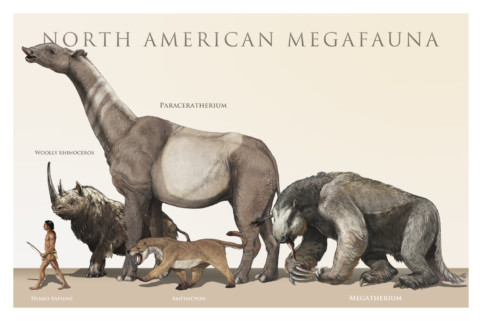
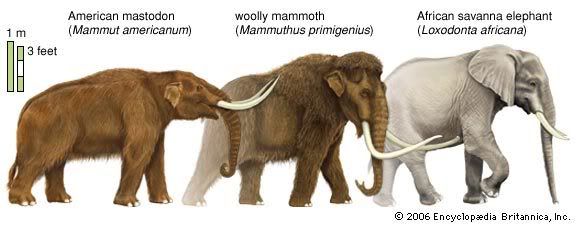

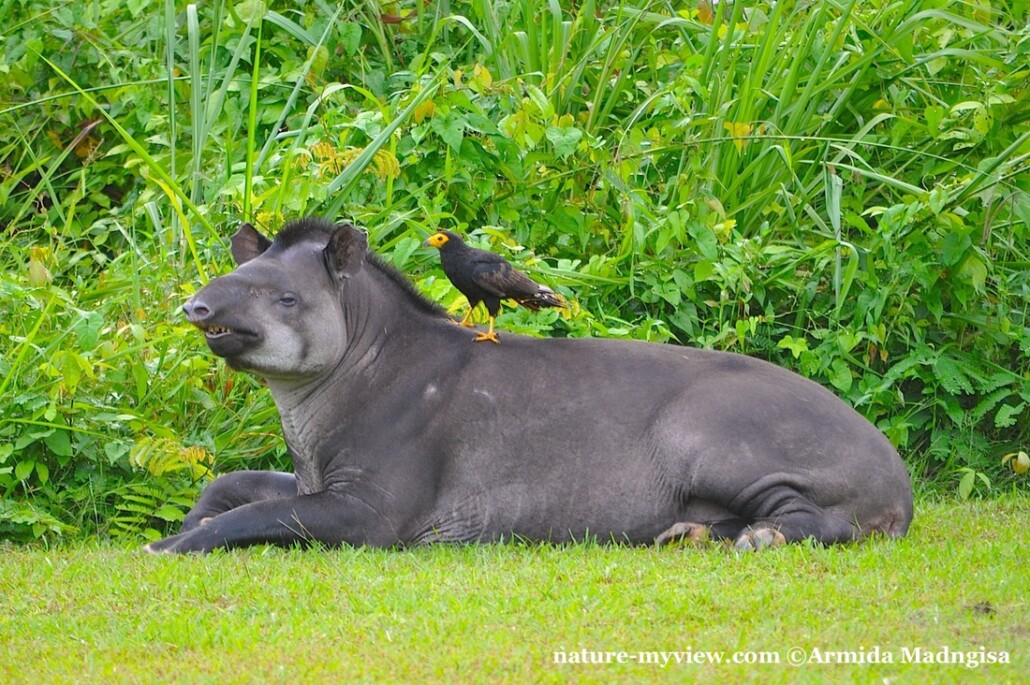
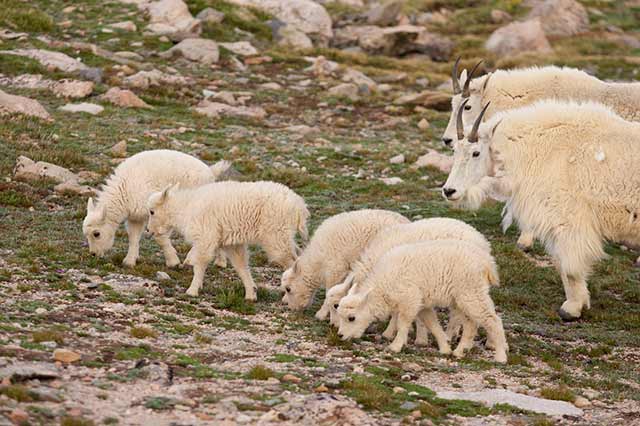
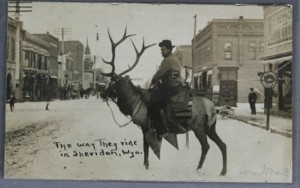

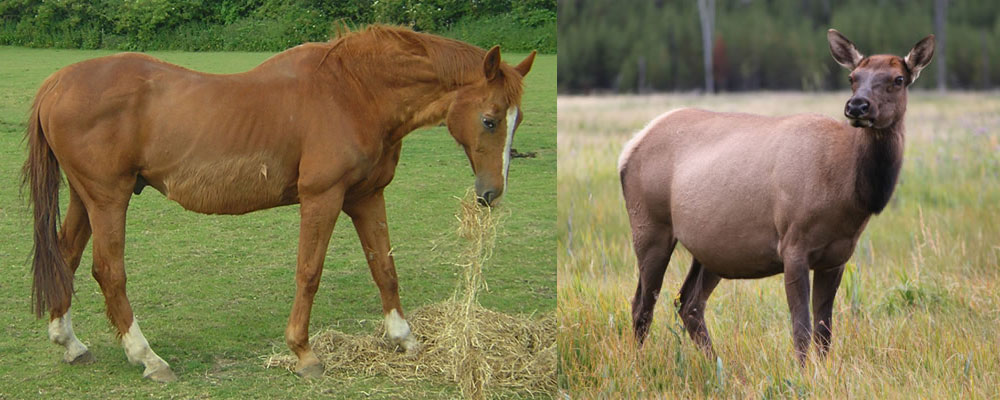
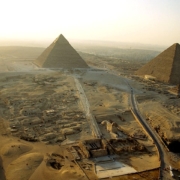
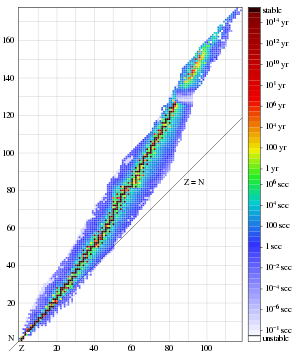
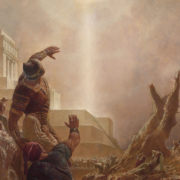
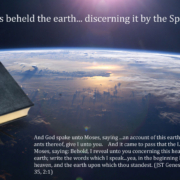
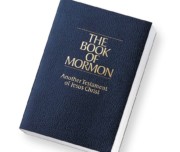
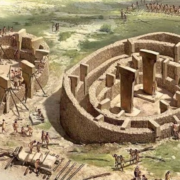



I just don’t understand the whole “loan-shift” argument to begin with. It doesn’t at all square with the official story of the BoM translation.
Here is Russel M Nelson, quoting David Whitmer, from An Address to All Believers in Christ. (Which is a whole different bag of worms)
“Joseph Smith would put the seer stone into a hat, and put his face in the hat, drawing it closely around his face to exclude the light; and in the darkness the spiritual light would shine. A piece of something resembling parchment would appear, and on that appeared the writing. One character at a time would appear, and under it was the interpretation in English. Brother Joseph would read off the English to Oliver Cowdery, who was his principal scribe, and when it was written down and repeated to Brother Joseph to see if it was correct, then it would disappear, and another character with the interpretation would appear. Thus the Book of Mormon was translated by the gift and power of God, and not by any power of man.”
Words would appear. Not vague ideas where JS would see an animal he doesn’t know so he calls it horse. Actual words. And they wouldn’t disappear until they were spelled correctly. You can’t have both a loose and a tight translation, if you are going to believe the rock and the hat ?.
It seems to me that trying to explain King James Isaiah, ‘Towers’ or metals with a tight translation is untenable. So then a loose translation with loan shifting makes sense.
John Newborough gave an interesting and detailed first-hand account of his channeling process with Oahspe (which was written just a few decades later). I think studying other channeled works gives great insight in how the Book of Mormon may have been written.
See this article for more insight: https://gatheredin.one/14119/understanding-book-of-mormon-translation-did-joseph-smith-use-the-urim-and-thummim-gold-plates-or-rock-in-a-hat/